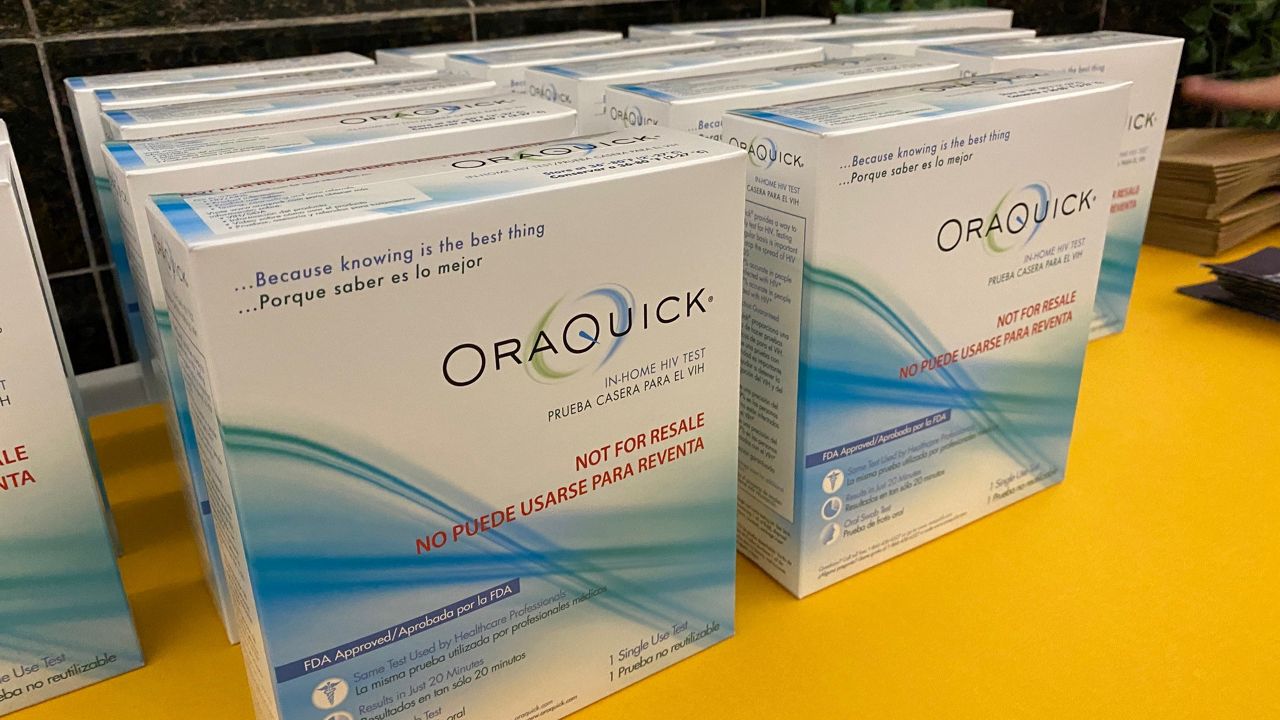CLEVELAND — The Cleveland Clinic and IBM have published findings focused on using quantum computing to “better understand how diseases spread and thus how to develop effective therapies.”
Specifically, this work was published in the Journal of Chemical Theory and Computation. It sought to learn how quantum computing could be used to predict protein structures, according to a Cleveland Clinic release.
“For decades, researchers have leveraged computational approaches to predict protein structures,” the release reads. “A protein folds itself into a structure that determines how it functions and binds to other molecules in the body. These structures determine many aspects of human health and disease.”
This work came from the Cleveland Clinic-IBM Discovery Accelerator partnership, their first peer-reviewed paper on quantum computing. It was a team led by Cleveland Clinic postdoctoral fellow Dr. Bryan Raubenolt and IBM researcher Dr. Hakan Doga.
“One of the most unique things about this project is the number of disciplines involved,” Raubenolt said in the release. “Our team’s expertise ranges from computational biology and chemistry, structural biology, software and automation engineering, to experimental atomic and nuclear physics, mathematics, and of course quantum computing and algorithm design. It took the knowledge from each of these areas to create a computational framework that can mimic one of the most important processes for human life.”
The release notes that machine learning has resulted in major strides when it comes to predicting protein structures, explaining that the way this works comes down to the training data.
The limitation with this is that the models only know what they’re taught, leading “to lower levels of accuracy when the programs/algorithms encounter a protein that is mutated or very different from those on which they were trained, which is common with genetic disorders.”
An alternative option is to rely on simulations to emulate “the physics of protein folding.” Using these simulations, the goal is to find the most stable shape, which the release describes as crucial for designing drugs.
Once you reach a certain size of protein, this becomes quite difficult on a standard computer, however. Raubenolt explained in the release that even a small protein with just 100 amino acids would take a classical computer “the time equal to the age of the universe to exhaustively search all the possible outcomes…”
That’s why the researchers utilized both quantum and classic computing methods in their work. The release states that this hybrid approach outperformed previous methods and resulted in “increased accuracy.”
According to the release, the researchers will continue working on and improving these algorithms.
“This work is an important step forward in exploring where quantum computing capabilities could show strengths in protein structure prediction,” Doga said in the release. “Our goal is to design quantum algorithms that can find how to predict protein structures as realistically as possible.”







